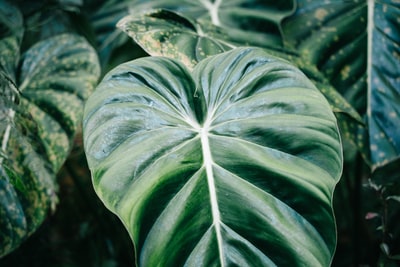 Within a habitat it’s possible to measure the amount of biodiversity. Biodiversity refers to the varieties of life present and takes into consideration the total number of genes and species within a specific region. There are three main levels of biodiversity: ecosystem biodiversity, species diversity and intra-specific biodiversity.
Within a habitat it’s possible to measure the amount of biodiversity. Biodiversity refers to the varieties of life present and takes into consideration the total number of genes and species within a specific region. There are three main levels of biodiversity: ecosystem biodiversity, species diversity and intra-specific biodiversity.
Species diversity
Species diversity concentrates on the total number of species in a community. Humans have had a negative impact on species diversity in two main ways:
- intensive farming
- deforestation
Index of diversity
Simpson’s index of diversity is a way of measuring diversity. It’s used a lot in ecology within specific habitats. It looks not only at how many species are present but also the numbers of each species.
The calculation is:
d = N (N – 1)
? n (n – 1)
N = the total number of organisms of all species
n = the total number of organisms of each species
The larger the index, the more diverse the ecosystem.
——————————————————
Deforestation
